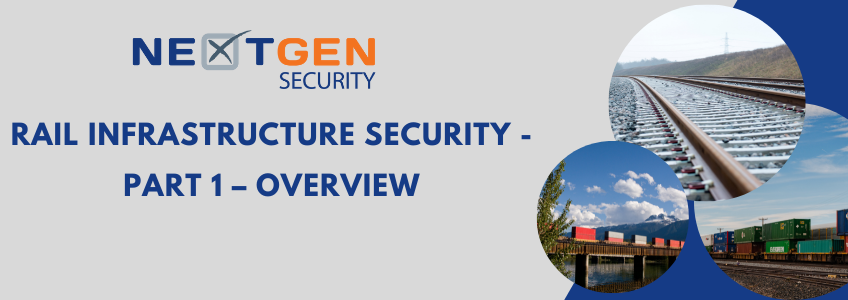Railroads have been part of the American landscape for several centuries now. From the Industrial Revolution in the Northeast during 1810 – 1850, to the settlement of the West in the latter part of the 1800s, railroads have played a pivotal role in the development of the U.S.
As Wikipedia reports, the American railroad mania began with the founding of the first passenger and freight line in the nation of the Baltimore and Ohio (B&O) Railroad in 1827, and … flourished with continuous railway building projects for the next 45 years.
To this day, railroad infrastructure continues to rank as a key component not only of our transportation system, but of our economy, as well. In fact, the International Energy Agency (IEA) predicts that passenger and freight traffic combined are expected to double globally by 2050. Protecting this vital part of our infrastructure will clearly continue to be vitally important.
Railroads are second only to road transport in moving raw materials, parts, and products around the U.S., making railway infrastructure critical to a healthy, functioning supply chain.
But managing and maintaining the physical security of railroads comes with more than its share of challenges. Railway infrastructure is susceptible to countless vulnerabilities, due largely in part to its complexity of assets and the huge geographical traverse it operates in. In addition to naturally occurring incidents and accidents, there’s a litany of intentional security breaches that must be guarded against, myriad vulnerabilities to consider, and so many consequences that could result if railway transport is compromised.
And although security issues impacting railways span a wide gamut, they typically fall into the categories of intrusion, theft, or terrorism. And there’s often a trickledown effect after a breach – meaning that other operations within the rail system are also impacted. In the case of intrusion, or trespassing that results in vandalized property, the railway must also be evaluated to ensure there’s no mechanical damage or maintenance needed before allowing the trains to resume running. That translates into lost time and lost money.
In the event of thefts, when they occur, not only are there economic losses, they often lead to very long delays and disruption. Terrorism is another huge concern for railroad transport, as terror acts can span everything from mass human casualties to ransomware attacks. Cyber securing railway systems from potential attackers is becoming top of mind for security directors, because their cybersecurity is so intertwined with their overall railway safety.
In the next three blogs of our Railroad Security series, we will take a closer look at the technology solutions that can aptly address the three major security vulnerabilities that our nation’s railways face – Intrusion Detection, Theft, and Terrorism.
NextGen’s team of security experts have the knowledge and experience to help safeguard our nation’s railway systems. Call on us today to learn how we can elevate the security of your transport system and ensure safer, more reliable operations.

